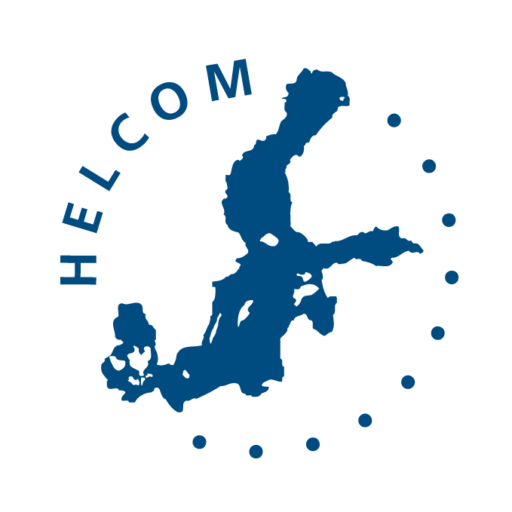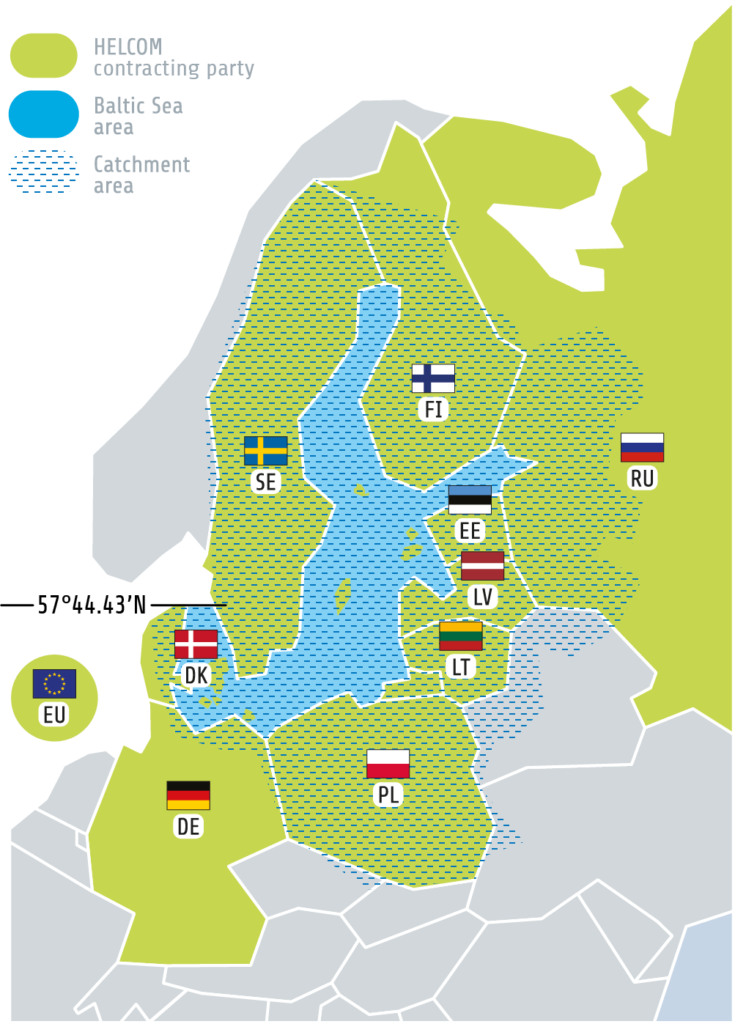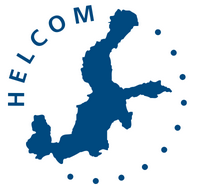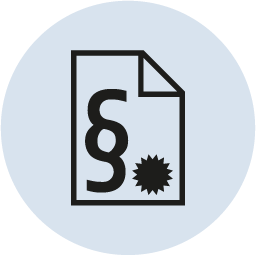About us
Organisation
The Baltic Marine Environment Protection Commission – also known as the Helsinki Commission (HELCOM) – is an intergovernmental organisation (IGO) and a regional sea convention in the Baltic Sea area. A regional platform for environmental policy making, HELCOM was established in 1974 to protect the marine environment of the Baltic Sea from all sources of pollution. Read more.
The Helsinki Convention
Constituting the foundation of HELCOM, the Convention on the Protection of the Marine Environment of the Baltic Sea Area – also known as the Helsinki Convention – was originally signed in 1974 by all Baltic Sea coastal countries. The Helsinki Convention seeks to protect the Baltic Sea from all sources of pollution from land, air and sea, as well as to preserve biological diversity and to promote the sustainable use of marine resources.
Contracting Parties
HELCOM has ten Contracting Parties, namely Denmark, Estonia, the European Union, Finland, Germany, Latvia, Lithuania, Poland, Russia and Sweden. They are the signatories to the Helsinki Convention. The Contracting Parties form the Helsinki Commission (HELCOM) and are represented by a Head of Delegation. In addition to an annual Commission meeting, the Heads of Delegation meet at least twice a year.
Chairmanship
The chairmanship of the Helsinki Commission rotates every two years between the Contracting Parties, starting on 1 July and according to their alphabetical order in English. The duties of the chairing Contracting Party include presiding over the meetings of the Commission and of the Heads of Delegation and ensuring the observance of our rules of procedure. The chairing Party may also set strategic priorities for its tenure.
Secretariat
The HELCOM Secretariat coordinates the work and meetings of the Helsinki Commission, and ensures that the Contracting Parties meet their obligations under the Helsinki Convention. The international team is led by the Executive Secretary. About half of the staff members perform permanent secretariat functions and the other half work for projects that HELCOM is involved in. Established in 1980, the Secretariat is located in Helsinki, Finland.
Observers
HELCOM has over 60 observers, of which governments, intergovernmental organizations (IGOs) and international non-governmental organizations (NGOs), and which contribute to the protection of the Baltic Sea. Observers can actively take part in the meetings of the various HELCOM bodies and are allowed to make statements.
HELCOM area
For the purposes of the Helsinki Convention the “Baltic Sea Area” is defined as the Baltic Sea and the entrance to the Baltic Sea bounded by the parallel of the Skaw in the Skagerrak at 57° 44.43’N. It also includes the internal waters (for more details, see the Convention, Article 1).
The HELCOM logo

The HELCOM logo depicts a map of the Baltic Sea, and the ten circles are our Contracting Parties.
Download logo

HELCOM’s vision for the future is…
… a healthy Baltic Sea environment with diverse biological components functioning in balance, resulting in a good ecological status and supporting a wide range of sustainable economic and social activities.






